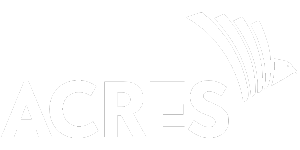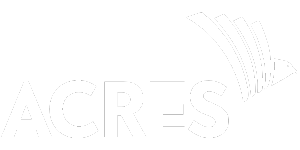A Major Milestone: The Commonage Campaign in ACRES Breifne, ACRES Leinster and ACRES has been completed.
A major milestone for the ACRES CP Team with almost 100,000 ha, 1,300 commonages across 20 regional areas, scored in 4 months.
The commonage campaign in ACRES Breifne, ACRES Leinster and ACRES Munster South Connacht has been completed, 97,000 ha in approx. 1,300 commonages scored in a little over four months.




The last sites on the Curragh Plains were finished by a team of eight staff from all four of our offices today. The Curragh plains are a very interesting site, familiar to most people as the site of a large military base and a racecourse. Anyone who has driven along the Dublin to Portlaoise M7 motorway would have passed through the Curragh.
The Curragh might not be a typical commonage but it was a fascinating place to finish the campaigns. The Curragh Plains sit on a bed of glacial gravels, the vegetation, a product of centuries of its geology, centuries of sheep grazing and very little fertiliser or herbicide use. Uniquely in Ireland its management is governed by its own legislation, starting with the 1868 Curragh of Kildare Act, this and several other pieces of legislation were repealed and replaced by the Curragh of Kildare Act of 1961.
While some lands have been lost due to the expansion of the military camp, the construction of the M7 motorway and the Curragh racecourse, a very large area remains. A portion known as the Blue Lands are regularly used by the Defence Forces for training purposes, the greater part, the green lands are used by the Defence Forces to a lesser extent. Both are used by rights holders for Sheep grazing. This restricts grazing to sheep, the numbers of which are limited to approx. two per acre. Grazing with Cattle or Horses is not allowed, although training and exercising of horses is permitted.
In the Senate debate on the new legislation in August 1961, a Senator bemoaned the condition of the Curragh and advocated for its improvement.
The present condition of the Curragh is a disgrace. There is scutch grass, gorse and furze growing all over it. Governments are always appealing to the farmers to improve their lands. It is often said that the Irish farmer is a conservative man, slow to adopt new methods and make improvements. The best method of teaching is by example and there is room for an excellent example to be given now in relation to the Curragh. Perhaps the Minister would consider giving control of this area to the Agricultural Institute. Certainly the furze and gorse should be removed forthwith, and the fertility of the soil improved. If that is done, the farmers who have rights there will gain. It is said that the Curragh grazes only two sheep to the acre. Reasonably good land should carry four sheep.
Thankfully, his arguments were put to one side. Today the Curragh remains as one of the largest unenclosed areas of semi natural grassland in Europe. It is known for the diversity of the fungi species that can be found there. A real treasure but an often-ignored part of our biodiversity. Many of these were observed by our staff during the commonage assessment.



